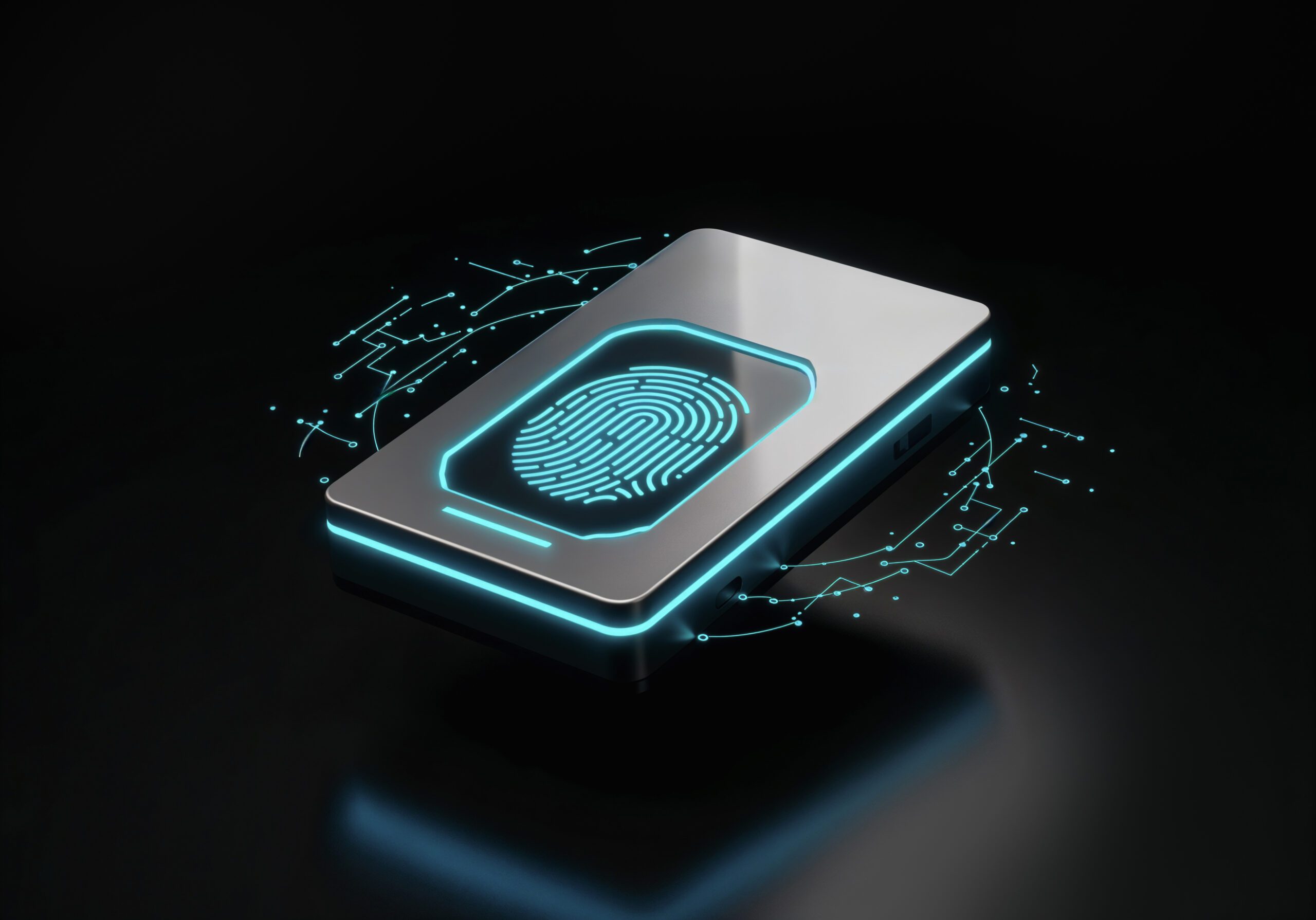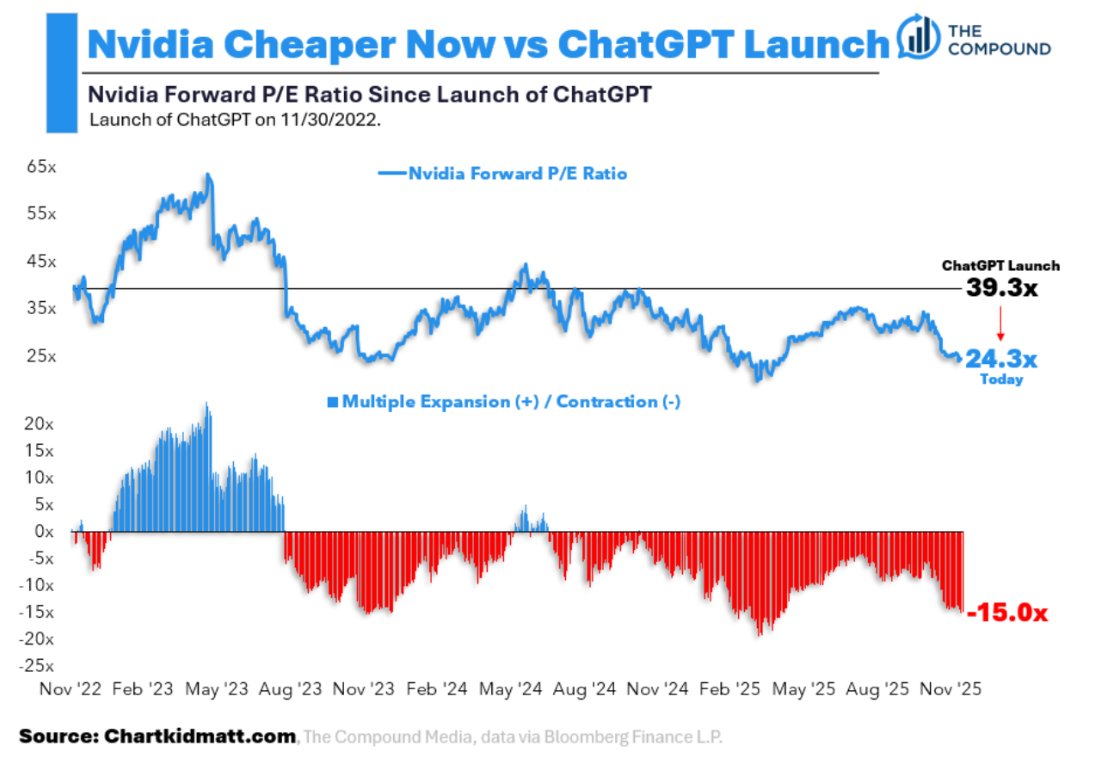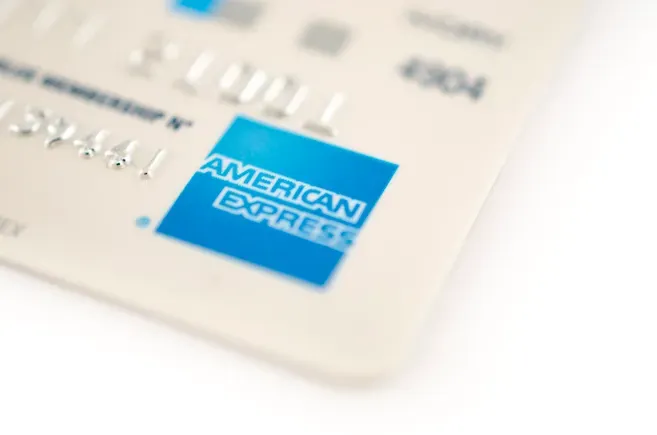Consumers increasingly interact with their phones by using facial recognition software and fingerprint scans. This familiarity—coupled with the technology’s potential for fraud mitigation and friction reduction—has been a driving force behind the movement to implement biometrics at the point of sale.
However, as Christopher Miller, Emerging Payments Analyst at Javelin Strategy & Research, discovered in the report Global Biometric Pilots Help Smooth the Way for U.S. Adoption, the increasing number of biometric pilot programs hasn’t translated into many real-world implementations.
Additionally, because most of these pilots are limited in scope or conducted in markets outside the United States, U.S. organizations must consider many factors before diving into biometric payment initiatives.
The Universe of Payers
One of the reasons biometric programs haven’t been deployed on a wider scale is timing. A pilot that launched late last year could have been a 12-month trial run that hasn’t reached maturity.
Even with the trials that are nearing completion, a period will follow when stakeholders will evaluate the data and decide to move forward, pivot to a different project, or scrap biometrics entirely.
This means that the key data point that can be gleaned from biometric pilots is simply that there is an increasing number of them.
“Pull up five full-scale implementations and say, ‘Here are the use cases of how you can make money on this,’” Miller said. “That is—generally speaking—how payment point-of-sale technologies are sold. That’s the deck that would come to a merchant. They would say, ‘If you implement this, we’ve seen a 30% increase in ticket size. It only costs 5% of the ticket, so you’re ahead 25%.
It’s a great deal—when would you like to sign?’ In this case, we aren’t there.”
Even as some of the initial data from the pilots trickles in—be it about customer satisfaction or outcomes—the results should be taken with some skepticism. The participants in early-stage trials are a small sample and often aren’t representative of the entire market.
Additionally, organizations shouldn’t bank on results from early pilots that tout biometric tech’s effectiveness at improving back-office functions like fraud reduction or payment acceptance.
“It could turn out that—on widespread adoption—it somehow is easy to defraud the biometric point-of-sale devices that are being tested now,” Miller said. “That doesn’t show up in a small-scale pilot because everybody in the pilot is vetted and screened and you presumably didn’t allow a lot of world-class villains into your pilot.
“So, your universe of payers is not the same. It is a less threatening universe of payers than the real universe of payers, where criminals are able to identify the weak links in a chain. ’”
Things to Iron Out
Although the initial participants in a pilot aren’t always an indicative sample, the limited data available suggests that most consumers are open to wider-scale biometrics adoption.
Additionally, there has been a growing emphasis on biometrics by the leading players in the U.S. market, including Visa, Mastercard, and JPMorganChase. All three companies have initiatives in the works to build a better biometric payment infrastructure.
However, the organizations seeking to move biometrics forward must consider the impacts on all parties—not just consumers but also regulators, merchants, resellers, and payments processors.
They also must consider aspects such as payment network standards, standardized hardware, and all the components necessary to make biometric payments a reality.
“If you said, ‘Hey, I want to do this,’ and you’ve already made up your mind, it’s not necessarily easy,” Miller said. “If you start to ask questions about, ‘Well, what are the network standards?
What happens if the payment is reversed? Who owns it? What’s my risk?’ Those sorts of things are still being ironed out.
“I think it’s also quite reasonable to think that those sorts of issues can be resolved in a satisfactory manner for early adopters over a two- to three-year period. It doesn’t happen in three months, it’s not going to happen by the end of the year, but progress can be made month over month, quarter over quarter, year over year.”
Suited to the Space
In addition to the nuts and bolts, organizations must consider if their space is suited to biometrics.
In many cases, the costs and the management of a biometric payments program don’t justify the investment.
However, the technology can make a significant impact in some areas. For example, a consumer making a one-time purchase at a convenience store isn’t likely to engage with the merchant’s biometric payment program. In an entertainment venue or sports arena where there are large crowds, many users could be enticed into participating.
There are also many loyal fans and season ticket holders in this space who have firmly established relationships with their teams and are more than willing to go through the enrollment process.
“If you’re going to go somewhere all the time and it makes sense to you, it’s an easier payoff to say, ‘Will you bother to do this?’” Miller said. “If you are somewhere where you never intend to be there again, it is less likely that you will do it. The arena offers us, I think, a very helpful way of understanding how those experiences might be segmented such that it makes sense to do it here.
“It’s kind of cool for our season ticket holders.
It’s part of why their experience is unique and fun and convenient and super awesome. People who just showed up for a concert who are never going to come back again, that’s fine, we’ll take their cards. We don’t need to go through the trouble of establishing them.”
An Uneven Future
Although there are many considerations for future implementations, the increase in biometric pilots means momentum is building to bring the technology to retail environments. However, biometric payments at a merchant’s point of sale aren’t likely to be universal soon.
“What does the future look like?” Miller said. “It looks like uneven adoption.
It looks like segmentation based on use case and value. I think we continue to make the argument that the value proposition for biometrics that is rooted in customer experience is likely to be where we’ll see some of the first successful implementations. It’s probably not going to be at the grocery store, because that is full of one-time users.”
However, the accuracy of the technology and its potential for fraud reduction mean biometrics will move beyond trial runs in the next three to five years.
“From the perspective of someone who has a responsibility in the U.S. market—if I have to think about what is it that my team needs to be working on over that time period, this now fits in that timeframe,” Miller said. “The technology is there; it does actually work. You can go look at it and see there are activities underway to find weaknesses, to determine strengths, to do these learnings.
“They’re not quite there right now, but that’s OK, because you’re not talking about doing it right now.
You’re thinking, ‘Should I do this in three to five years?’ You have the luxury of time to follow these types of pilots and this space to gather the information that would allow you to say two years from now, ‘OK, in three years, we are going to have biometrics implemented across 20% of our store base for this type of use case.’”
Disclaimer: This story is auto-aggregated by a computer program and has not been created or edited by finopulse.
Publisher: Source link







